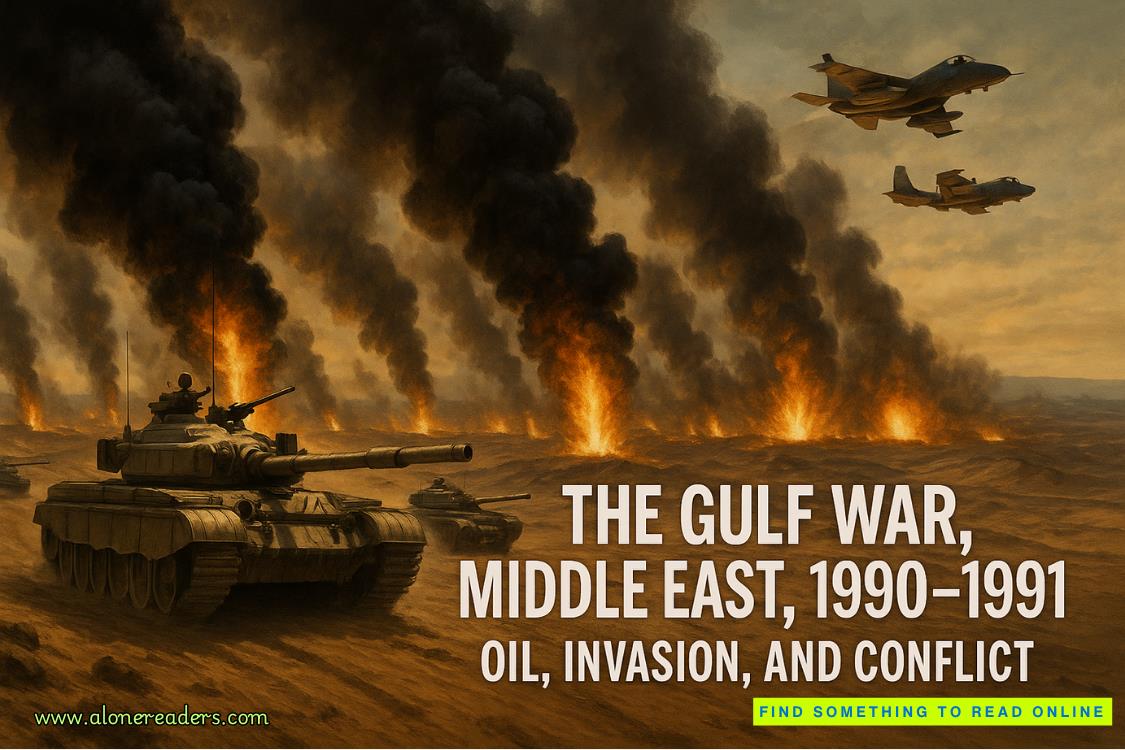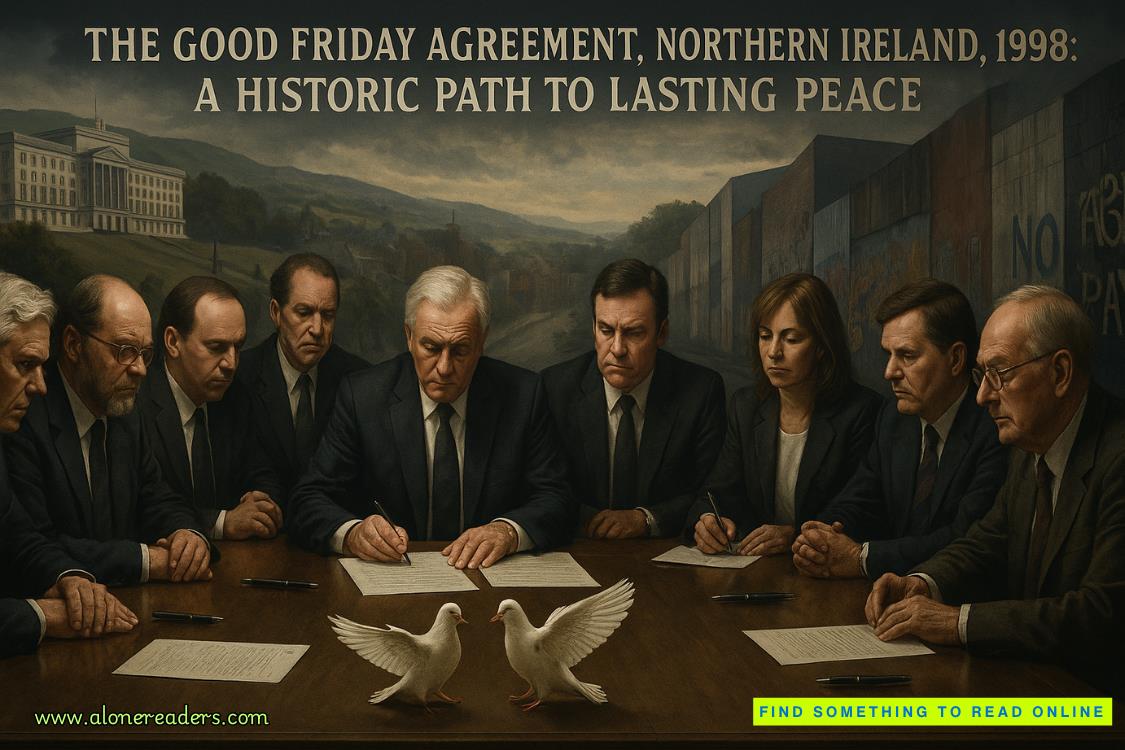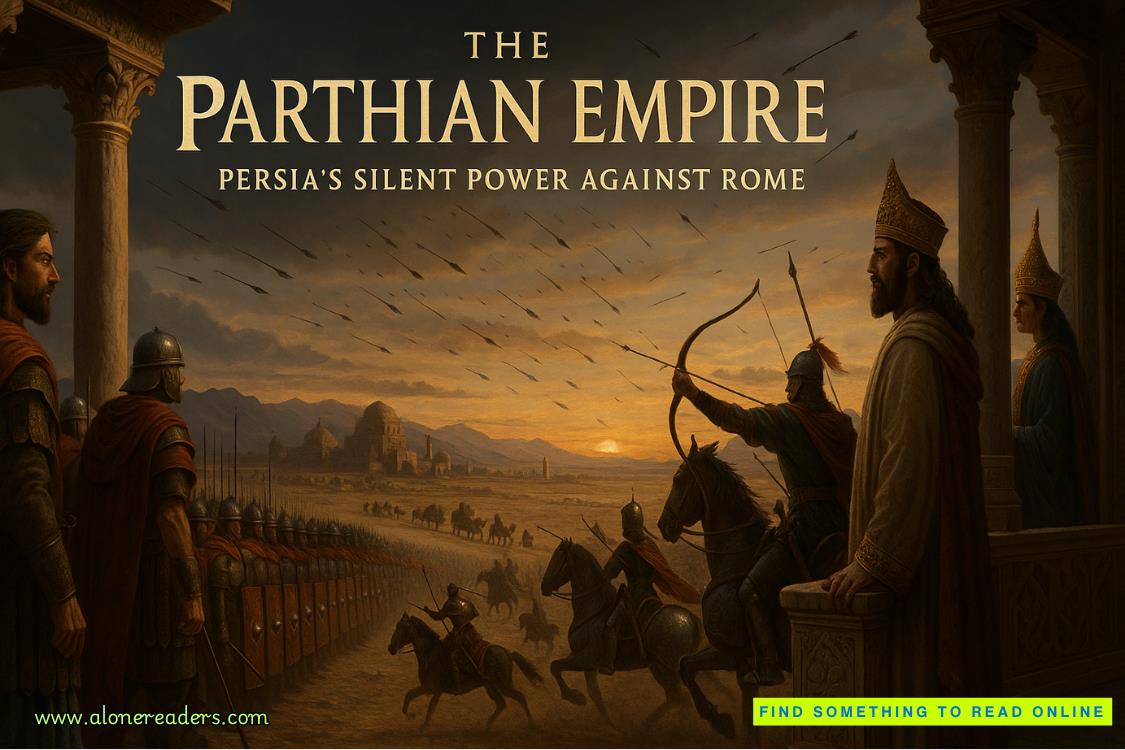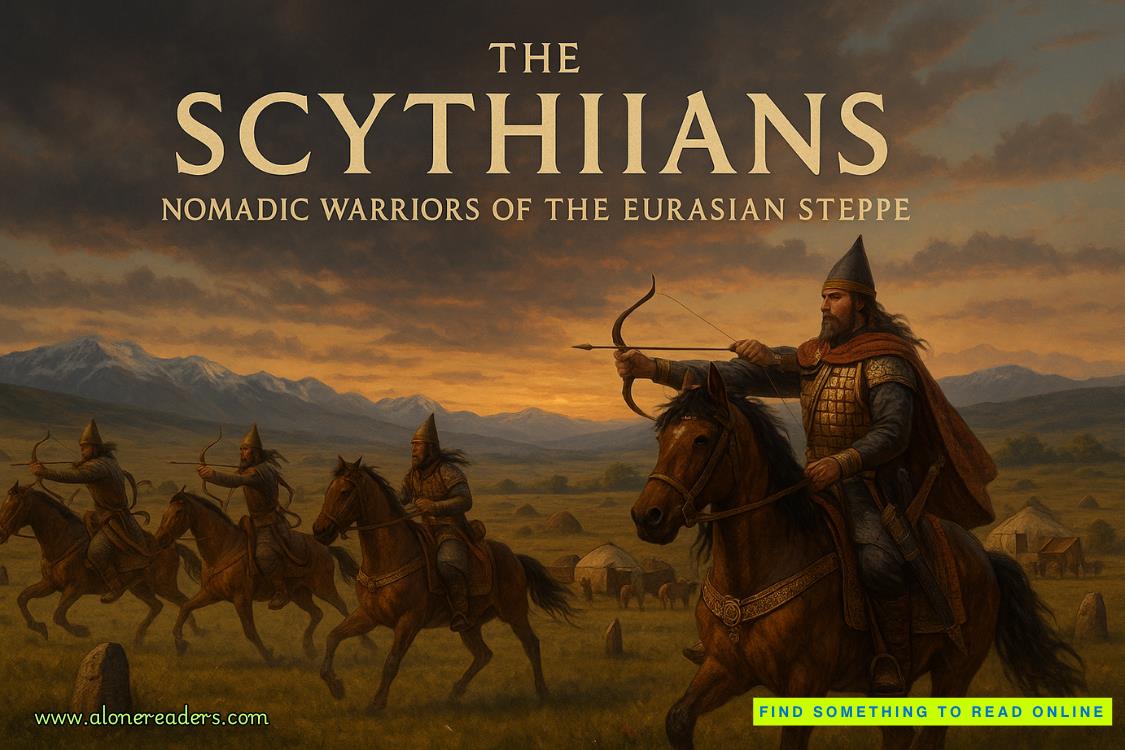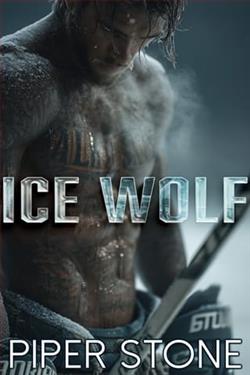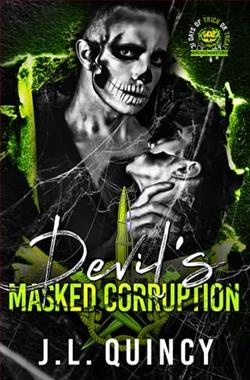Page 262 of The Armor of Light
He found the 107th Foot at the western end of the allied line. Some of the men had crawled forward, out of position, to sneak a look at the battlefield, and Lieutenant Joe Hornbeam was ordering them back so that they could not be seen by the French. ‘We don’t want old Bonaparte to know where we are, or how many,’ he said. ‘Let’s keep the bugger guessing, eh?’
Kit saw Jarge, pulled up his horse, and dismounted. Jarge said: ‘Young Joe isn’t a bad officer, you know, ’specially when you remember he’s only eighteen.’
‘You wouldn’t expect it,’ said Kit. ‘With a grandfather as nasty as Alderman Hornbeam...’ Kit was distracted by seeing his mother. He was dismayed. ‘What are you doing here?’ he said to her. ‘Women have been ordered off the battlefield.’
‘That order never reached me,’ said Sal.
‘Well, it’s reached you now.’
‘I’m here to be with my husband and I’m not going to run away.’
Kit opened his mouth to argue then changed his mind. It was futile to disagree with Sal when her mind was made up.
He approached Joe Hornbeam and said: ‘Lieutenant, have you seen the earl of Shiring?’
‘Yes, sir.’ He pointed north, down the back of the ridge. ‘A few minutes ago he was about three hundred yards in that direction, speaking to General Clinton.’
‘Thank you.’
‘Yes, sir.’
Kit mounted up and rode down the slope to where Earl Henry and General Clinton were, both on horseback. Before he could speak to the earl there was a booming cacophony like ten thunderstorms at once, a noise that could only mean the end of the world; but Kit had served in an artillery battery and he knew it was the sound of cannons – just more of them at one time than he had ever heard before.
He turned his horse and hurried back up the slope, with the earl of Shiring and General Clinton close behind him. At the top they stopped and stared.
They were on the west side of the coal road, and Kit saw immediately that the French cannons were on the east side, shooting at the centre and left of the allied line. There were at least seventy big guns lined up and firing as fast as they could.
However, they were finding few targets. The allied troops on the southern downslope suffered badly, but most of Wellington’s army was behind the ridge, and many of Bonaparte’s cannonballs plunged uselessly into mud.
So what was the point of the barrage?
Some minutes later Kit saw it.
Blue-coated French soldiers began to advance, passing through the line of guns and marching across the valley. The French cannonballs went over their heads and discouraged allied troops from coming over the ridge to meet them.
It soon became clear that this advance was a major assault. Kit estimated the number of approaching infantry at five thousand, then ten thousand, then more, maybe twenty thousand.
The allied guns opened up against them, and Kit could tell they were firing canisters, thin tins packed with iron balls and sawdust, which exploded and spread out into a lethal cone thirty yards widethat mowed down the enemy troops like a gigantic scythe. But the French stepped over the bodies of their comrades and marched on.
The battle had begun.
The aim of an attack was normally to destroy the integrity of the enemy line by getting behind it. This could be achieved either by going around one end of the line – sometimes called turning the flank – or by punching a hole in the middle. The men in the line could then be surrounded, trapped, and attacked from all sides.
Kit used his spyglass – taken from the corpse of a dead French officer at Vitoria – to study the far eastern end of the battlefield. The advancing French troops there were first to reach the allied positions and they attacked energetically, driving the defenders back. The allied front followed the course of a narrow sunken lane with hedges, and the French quickly reached this refuge. Then the British counter-attacked. The fighting was fierce and bloody, and Kit was glad he was not there.
The French advance lost momentum, but did not stop. Kit saw with dismay that the story was the same all along the line on the far side of the coal road: a vigorous French attack, a counterattack, and a slow French advance.
It was two o’clock, and the allies were losing.
The allied troops around Kit and the earl were restless, eager to go to the aid of their comrades; but Wellington had not ordered it, and the earl barked: ‘Stay where you are, you men! Anyone who runs forward without orders will be shot in the back.’
Kit was not sure he meant it, but the threat was effective and the men settled down.
French casualties were high but more men kept arriving, including the cavalry they called cuirassiers. Kit looked back to the downslope behind the ridge and saw that Wellington had few reserves of infantry to throw into the melee. However, the British cavalry were waiting. Kit could see at least a thousand of the Household Cavalry Brigadestanding by their horses, waiting impatiently for the order to attack. The Life Guards and the Horse Guards all had jet-black steeds. They were led by the earl of Uxbridge, one of that considerable number of men Wellington disliked.
Kit had heard headquarters officers say that the British cavalry had the best horses but the French had the best men. It was at least true that the French cavalry had more battle experience.
A bugle sounded and a thousand men mounted; then a different bugle call caused them all to draw their swords simultaneously. It was a formidable sight, and Kit was grateful he was not among those who would have to resist their attack.
